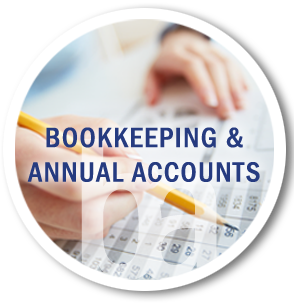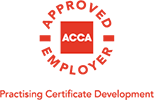For more than half a decade the Employment Allowance (EA) has entitled employers to a maximum of £3,000 off their annual secondary Class 1 NIC bill.
However, a new restriction on the EA will come into force from April, which means that employers will only be eligible for the EA if their total secondary Class 1 liability in the previous tax year was under £100,000.
The change in rules is because EA will fall under the de minimis state aid rules, which exempt the Government from the approval process if a scheme only gives small amounts of aid.
This introduces a ceiling on how much state aid any business or organisation can receive under the de minimis rules, which for most businesses amounts to €200,000 over a three-year rolling period.
To counterbalance this the Chancellor announced an extension to EA in the Budget, increasing the NICs Employment Allowance from £3,000 to £4,000 in April.
The Government said that this will benefit around 510,000 businesses by reducing their costs of employment, with an average gain of £850 per year, while around 65,000 businesses will not have to pay NICs at all.
However, as a result of the earlier announced change to EA’s classification, employers will have to make sure they have space to accommodate the full £4,000 within their relevant three-year ceiling.
Due to this change, HM Revenue & Customs (HMRC) has introduced new compliance obligations for those who claim EA.
Employers will be required to supply the following information each year when they claim EA:
- The trade sector in which they operate (as the amount of state aid varies by sector).
- The total amount of de minimis state aid they have received or been allocated in the year of the claim and the previous two tax years.
Employers will also have to make a declaration that:
- They have checked that their secondary Class 1 NICs liability for the previous tax year was less than £100,000
- They have undertaken relevant checks with any connected companies to ensure they are eligible for relief
- They will not exceed the relevant de minimis ceiling for state aid for their sector by claiming the full EA
- They are the only connected company claiming the EA
- They are not aware of any other reason why they may be excluded from claiming the EA.
Employers will not need to include deemed payments in their calculation as they do not count towards the £100,000 employers (secondary) Class 1 NICs total.
Where a company operates more than one payroll then the employer needs to Add together the employers (secondary) Class 1 NICs liabilities for each payroll.
If the total amount is:
- £100,000 or more you will not be eligible to claim EA
- under £100,000 you should decide which one makes the claim.
Similar rules apply for connected companies and so you should check with your adviser if you are unsure.






